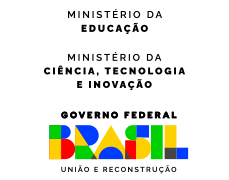Brazil produces 2,4% of the world's mathematical research

Analysis and dynamical systems were among the very first mathematics research fields developed in Brazil. They were soon followed by differential geometry, calculus of variations, which naturally led to partial differential equations, and algebra and algebraic geometry. Next came statistics, control, optimization and probability theory. More recent additions include discrete mathematics, especially combinatorics, and several areas of applications: numerical analysis, fluid dynamics, computer vision and inverse problems, to mention just a few.
Among the most interesting recent developments one should highlight the rise of a new generation of mathematicians working in modern trends of geometry (symplectic, complex etc.), algebra (non-commutative, nonassociative etc.) and discrete mathematics, as well as the creation of sizable research groups in operator algebras, Lie theory and certain areas of mathematical physics, including gauge theory and string theory.
IMPA (Rio de Janeiro), the state universities of São Paulo (at São Paulo and São Carlos) and Campinas, the federal universities of Rio de Janeiro, Brasília, Minas Gerais (Belo Horizonte) and Ceará (Fortaleza), and the catholic university of Rio de Janeiro are considered the main national mathematics research centers. High profile research groups exist also at the
federal universities of Pernambuco (Recife), Paraíba (João Pessoa), Campina Grande, Paraná (Curitiba), Rio Grande do Sul (Porto Alegre) and Fluminense (Niterói) and the state universities of Maringá and São Paulo at Rio Preto. Especially since the late 1990’s, smaller yet very productive groups have been installed at the federal universities of Pará (Belém),
Bahia (Salvador), Alagoas (Maceió), Goiás (Goiânia), Santa Catarina (Florianópolis), ABC (Santo André) and São Carlos.
All these institutions offer doctoral degrees in mathematics and/or statistics to Brazilian and international students. Thus research in mathematics is now fairly well distributed in the Brazilian territory.

A striking consequence of this growth is that the Brazilian contribution to the world’s mathematics output has been increasing rapidly, both in absolute terms and in percentage.
For example, in 2006, right after Brazil moved to the IMU Group IV, it accounted for 1.53% of the world’s production (1043 math papers). By 2016, that had grown to 2.35% (2076 papers).
As a comparison, both the gross domestic product (GDP) and the population of Brazil stand at about 2.9% of the corresponding world’s totals.
In 2016 a total of 2349 math papers were authored by Brazilian mathematicians, up from 253 in 1986, 530 in 1996, and 1155 in 2006 (source: MathSciNet).

From a more qualitative viewpoint, research papers by Brazilian mathematicians appear regularly in most top journals. Indeed, not only the number of such premium publications
has increased substantially over the last two decades, but the list and profiles of high level journals where Brazilian authors publish regularly have also been widening, reflecting
the growing diversity of the mathematics created in the country.
In 2016 the percentage of math papers by Brazilian authors reached 2.35% of the world’s total output, up from 0.70% in 1986, 1.06% in 1996 and 1.53% in 2006 (source: MathSciNet).
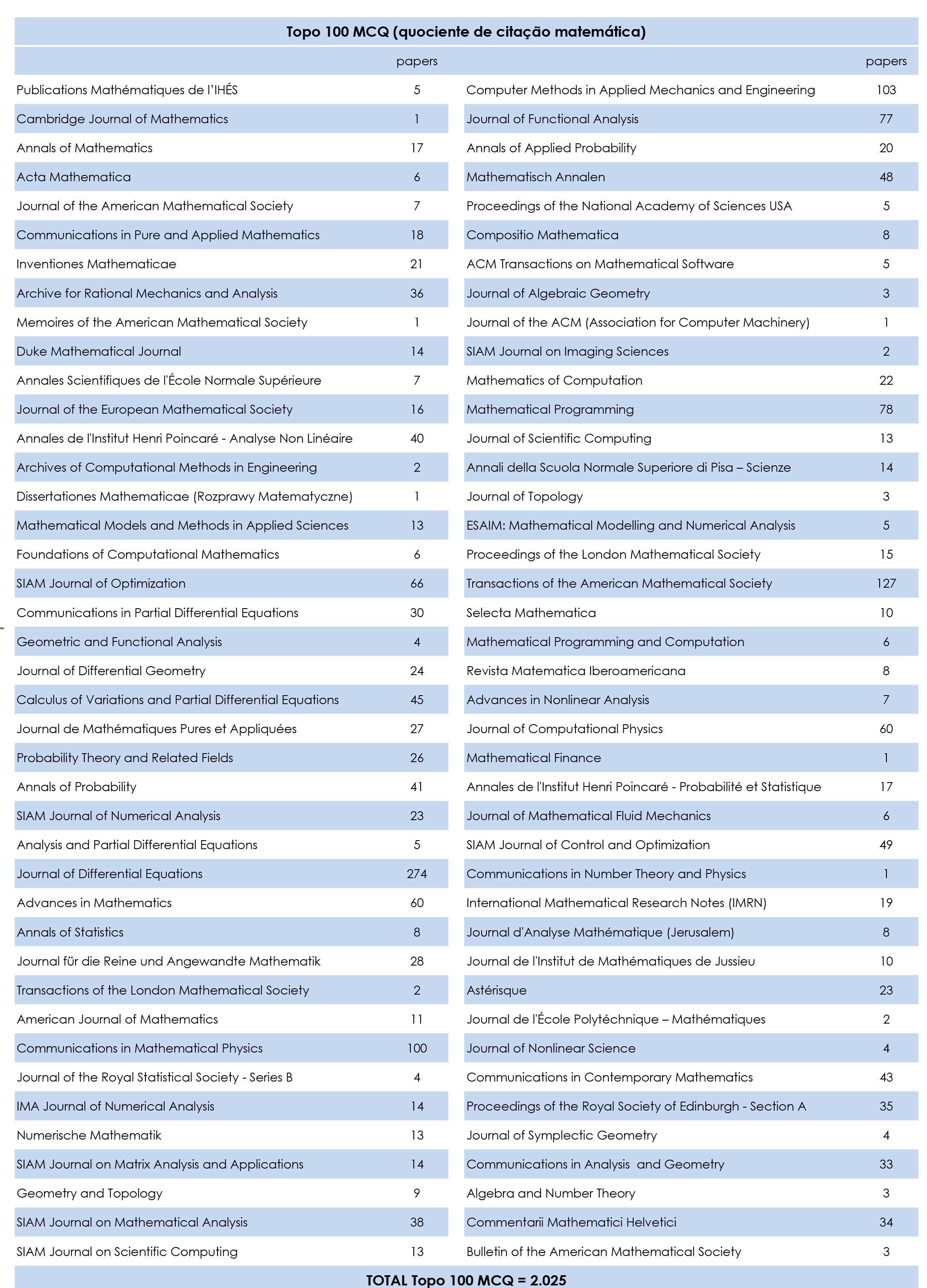

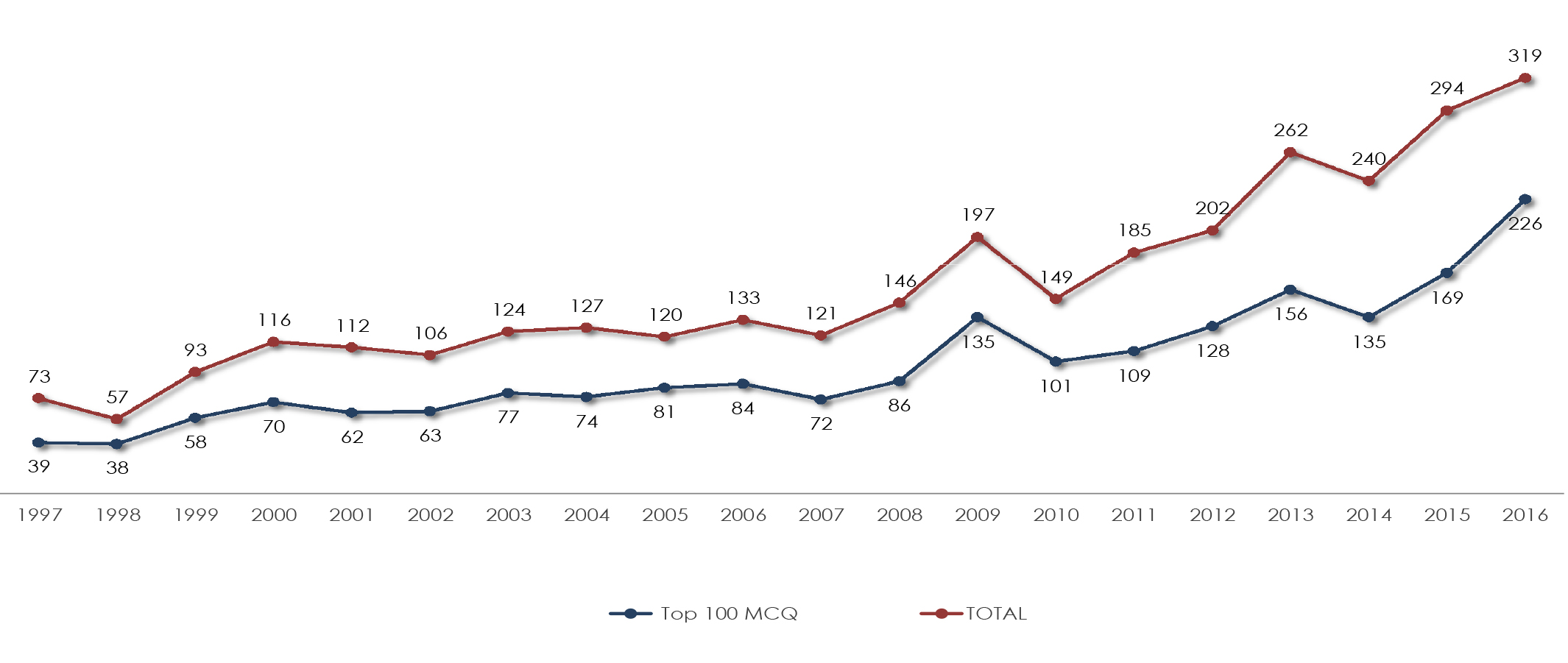
That has also been reflected in a steadily growing presence of Brazilian invited and plenary speakers at the International Congress of Mathematicians:
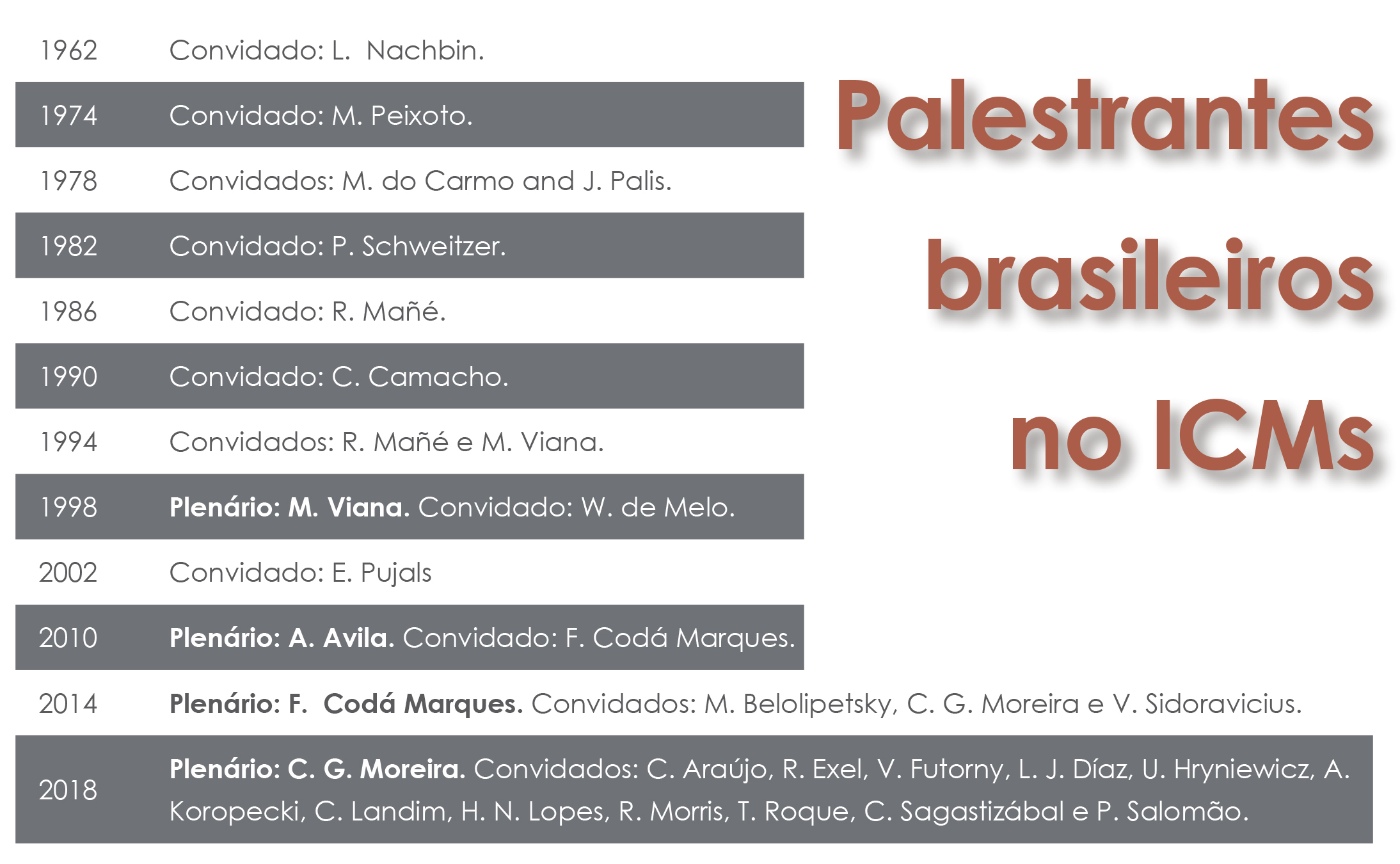
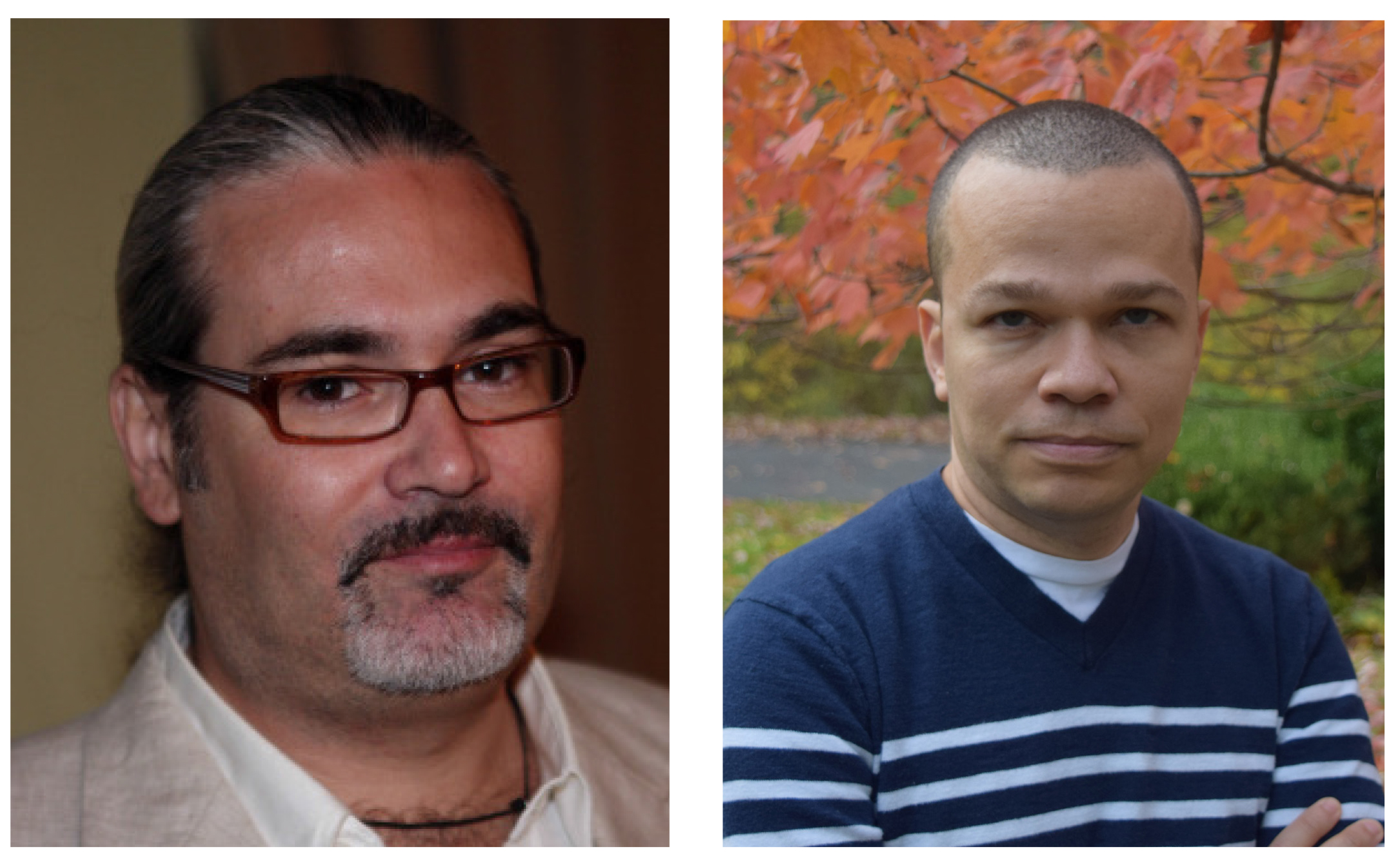
Several of the people on this list actually originate from other countries: it is to be noted that Brazilian universities and research institutes regularly hire faculty members from all over
the world, with no citizenship constraints.
Brazilian mathematicians have been distinguished with prestigious international prizes, including the 2010 Balzan Prize (Balzan Foundation, Italy) for Jacob Palis and the 2016 Grand Prix Scientifique Louis D. (Institut de France) for Marcelo Viana.
Also, the Ramanujan Prize (IMU and ICTP) was four times awarded to Brazilian mathematicians: Marcelo Viana (2005), Enrique Pujals (2008), Fernando Codá Marques (2012) and Eduardo Teixeira (2017).
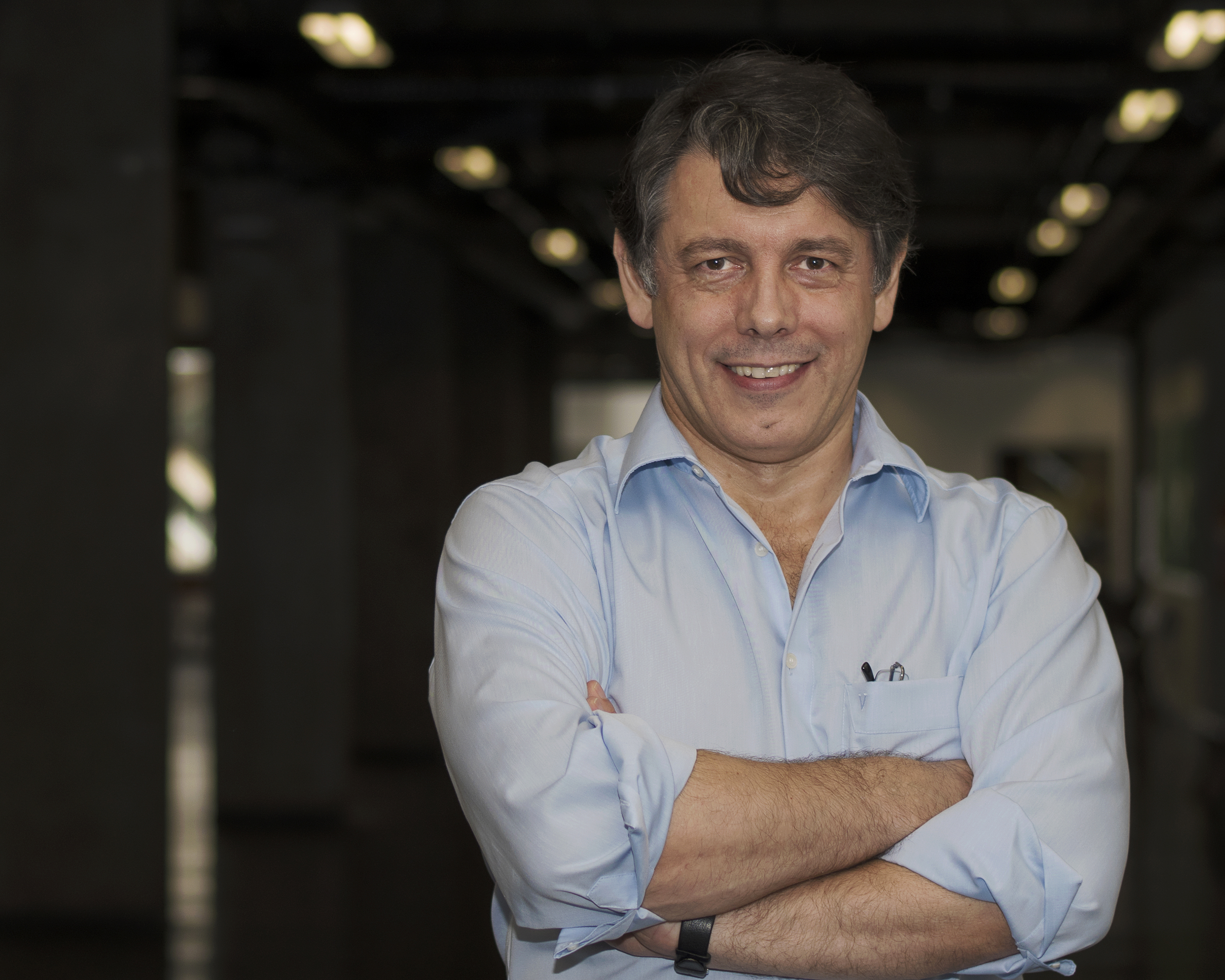
A small sample of math meetings held in Brazil
International Congress of Mathematical Physics, 2006
International Congress on Minimal and Constant Mean Curvatures Surfaces, 2007
Worshop on Partial Differential Equations: Theory, Computation and Applications, 2007
First Indo-Brazilian Symposium in Mathematics, 2008
International Conference on the Analysis of Algorithms, 2008
Mathematical Methods and Modeling of Biophysical Phenomena, 2009
Workshop on Conservative Dynamics and Symplectic Geometry, 2009
Clay Mathematics Institute Summer School, 2010
Poisson 2010 – Poisson geometry in Mathematics and Physics, 2010
Mathematical Modelling and Calibration in Commodities and Energy, 2011
Arithmetic of Modular forms and Elliptic Curves, 2011
Quantum Groups and 3-Manifold Invariants, 2012
Arithmetic and Geometry of Picard-Fuchs Differential Equations, 2012
International Conference on Dynamical Systems, 2013
Symmetries in Mathematics and Physics II, 2013
International Symposium on Generalized Convexity and Monotonicity, 2014
Discrete Markov Chains: mixing times and beyond, 2014
Latin American School of Algebraic Geometry and Applications, 2015
International Conference in Number Theory and Physics, 2015
SAET Conference on Current Trends in Economics, 2016
International Conference on Stochastic Programming, 2016
International Mathematica Olympiad, 2017
